Home>Ideas and Tips>Herb Garden Design: Lessons From Suffolk’s Brent Eleigh Hall


Ideas and Tips
Herb Garden Design: Lessons From Suffolk’s Brent Eleigh Hall
Modified: November 1, 2024
Discover herb garden design tips inspired by Suffolk's Brent Eleigh Hall, blending historical charm with modern gardening techniques for a thriving herb garden.
(Many of the links in this article redirect to a specific reviewed product. Your purchase of these products through affiliate links helps to generate commission for Storables.com, at no extra cost. Learn more)
Introduction
Creating an herb garden is a delightful endeavor that not only enhances the aesthetic appeal of your outdoor space but also provides you with fresh, fragrant herbs for cooking. One of the most inspiring examples of herb garden design can be found at Brent Eleigh Hall in Suffolk, England. This Grade I listed estate boasts a two-acre walled kitchen garden that has been meticulously restored to its former glory. In this article, we will delve into the lessons and inspiration that can be gleaned from Brent Eleigh Hall's herb garden design.
The History and Significance of Brent Eleigh Hall
Brent Eleigh Hall, located near Lavenham in Suffolk, has a rich history dating back centuries. The estate is known for its stunning architecture and beautifully maintained gardens. The two-acre walled kitchen garden at Brent Eleigh Hall is particularly notable for its historical significance and current restoration efforts. This garden has been a source of inspiration for many gardeners and home improvement enthusiasts, including those interested in herb garden design.
The Restoration of the Kitchen Garden
The kitchen garden at Brent Eleigh Hall underwent significant restoration work to return it to its former glory. The garden was once a thriving hub of agricultural activity, providing fresh produce for the estate's kitchen. The restoration process involved careful planning and execution to ensure that the garden retained its historical charm while also meeting modern standards of gardening and sustainability.
Design Principles of the Herb Garden
When designing an herb garden, several key principles should be considered:
-
Layout and Structure
- Formal vs. Informal Design: Brent Eleigh Hall's kitchen garden features a mix of both formal and informal design elements. The formal layout includes neatly arranged beds and pathways, while the informal elements add a touch of whimsy with meandering paths and hidden nooks.
- Pathways: Well-defined pathways are essential for easy navigation and maintenance. At Brent Eleigh Hall, the pathways are made from materials like gravel or brick, which not only provide a clear route but also add to the garden's aesthetic appeal.
-
Soil Quality
- Soil Preparation: The quality of the soil is crucial for growing healthy herbs. Brent Eleigh Hall's gardeners ensure that the soil is rich in organic matter and has good drainage. This can be achieved by adding compost or manure to the soil.
-
Climate Considerations
- Sunlight and Shade: Different herbs require varying levels of sunlight and shade. For example, basil and rosemary thrive in full sun, while mint prefers partial shade. Brent Eleigh Hall's gardeners strategically place herbs based on their specific sunlight requirements.
-
Watering Systems
- Drip Irrigation: Efficient watering systems like drip irrigation can help conserve water while ensuring that the herbs receive the right amount of moisture. This is particularly important in areas with low rainfall.
-
Pest Control
- Natural Methods: Brent Eleigh Hall's gardeners use natural methods to control pests such as ladybugs and lacewings, which are beneficial insects that prey on common herb pests.
-
Companion Planting
- Herb Pairing: Companion planting involves pairing herbs that complement each other in terms of growth habits or pest resistance. For instance, basil repels aphids and other pests that might target other herbs.
Specific Herb Garden Design Elements Inspired by Brent Eleigh Hall
-
Herb Beds
- The herb beds at Brent Eleigh Hall are meticulously planned to maximize space while ensuring easy access to each herb plant. The beds are often divided into sections based on the type of herb being grown.
-
Herb Planters
- In addition to traditional beds, Brent Eleigh Hall also features herb planters made from materials like terracotta pots or wooden planters. These planters add visual interest and can be placed in various locations around the garden.
-
Edible Flowers
- Edible flowers like violas and pansies add color and fragrance to the herb garden while providing additional edible options for cooking.
-
Herb Trellises
- Herb trellises provide support for climbing herbs like mint or lemongrass while keeping them organized and easy to harvest.
-
Herb Shelves
- Herb shelves are perfect for displaying smaller herb plants like thyme or oregano. These shelves can be mounted on walls or placed on freestanding structures within the garden.
Read more: How To Design A Butterfly-Shaped Herb Garden
Practical Tips for Creating Your Own Herb Garden
-
Choose the Right Location
- Select a location that receives sufficient sunlight but also has access to water. Ensure that your herb garden is close enough to your kitchen so that you can easily harvest fresh herbs.
-
Select a Variety of Herbs
- Grow a variety of herbs to ensure that you have a constant supply throughout the year. Some herbs like parsley and cilantro have shorter lifespans and need to be replanted frequently.
-
Use Vertical Space
- Make the most of vertical space by using trellises, arbors, or wall-mounted planters. This will help maximize space in smaller gardens.
-
Incorporate Companion Plants
- Plant companion plants alongside your herbs to enhance their growth and reduce pests.
-
Maintain Your Garden Regularly
- Regular maintenance is crucial for keeping your herb garden healthy and thriving. This includes tasks like watering, pruning, and monitoring for pests or diseases.
Conclusion
Brent Eleigh Hall's kitchen garden serves as an excellent inspiration for anyone looking to create their own herb garden. By incorporating elements like formal and informal design principles, careful soil preparation, climate considerations, efficient watering systems, natural pest control methods, and companion planting techniques into your design plan, you can create a thriving herb garden that not only enhances your outdoor space but also provides you with fresh herbs for cooking.
Whether you have a small balcony or a large backyard, there are numerous ways to incorporate herbs into your garden design inspired by Brent Eleigh Hall's beautiful walled kitchen garden. By following these practical tips and design principles outlined above, you can enjoy the benefits of having an herb garden that is both aesthetically pleasing and functional.
Additional Resources
For those interested in learning more about herb garden design or looking for additional inspiration:
- "Herb Garden Design" by Faith Swanson: This book discusses fundamental concerns in the design of an herb garden and suggests designs for herb gardens in various styles.
- YouTube Videos: There are several YouTube videos featuring Brent Eleigh Hall's kitchen garden, including one titled "Brent Eleigh & Novikov – Farming for Fine Dining" which highlights the estate's commitment to sustainable farming practices.
- Brent Eleigh Hall's Official Blog: The official blog of Brent Eleigh Hall features articles about the garden's restoration and maintenance efforts, providing valuable insights into their approach to gardening.
By combining these resources with the practical tips outlined above, you can create an herb garden that not only reflects the beauty of Brent Eleigh Hall but also serves as a functional and sustainable addition to your home.
Was this page helpful?
At Storables.com, we guarantee accurate and reliable information. Our content, validated by Expert Board Contributors, is crafted following stringent Editorial Policies. We're committed to providing you with well-researched, expert-backed insights for all your informational needs.
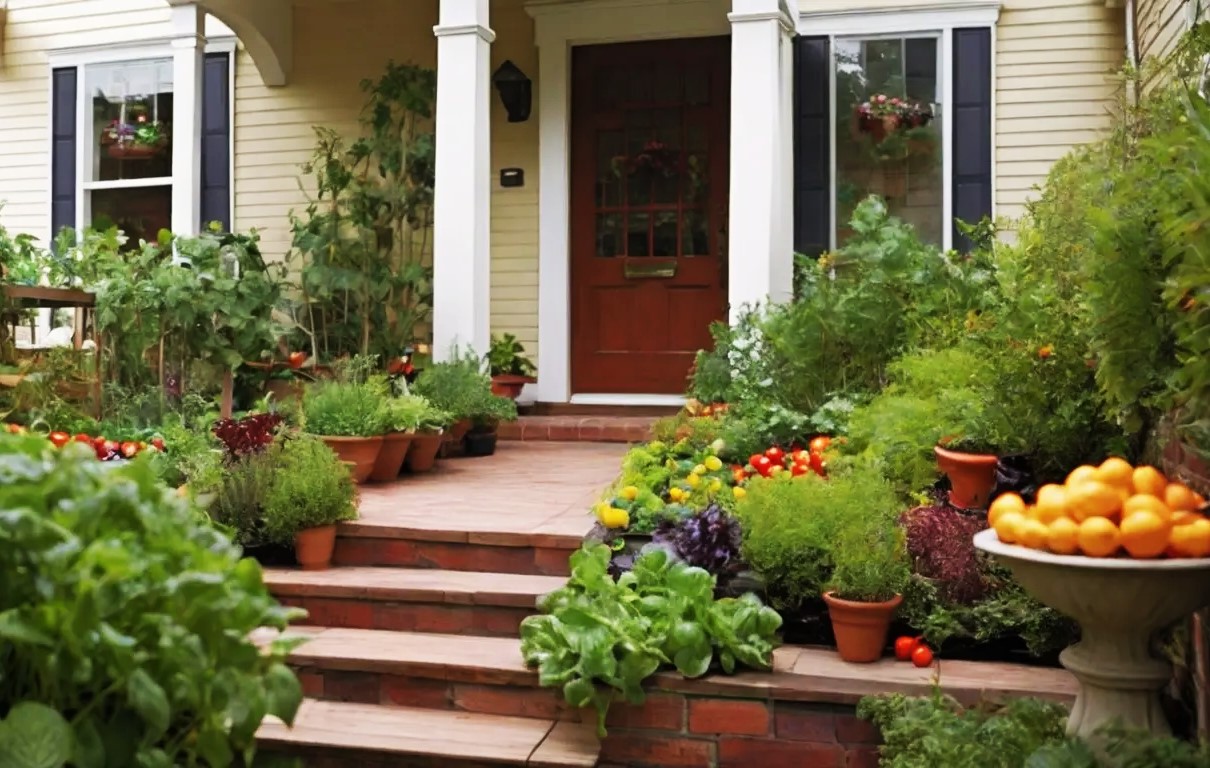
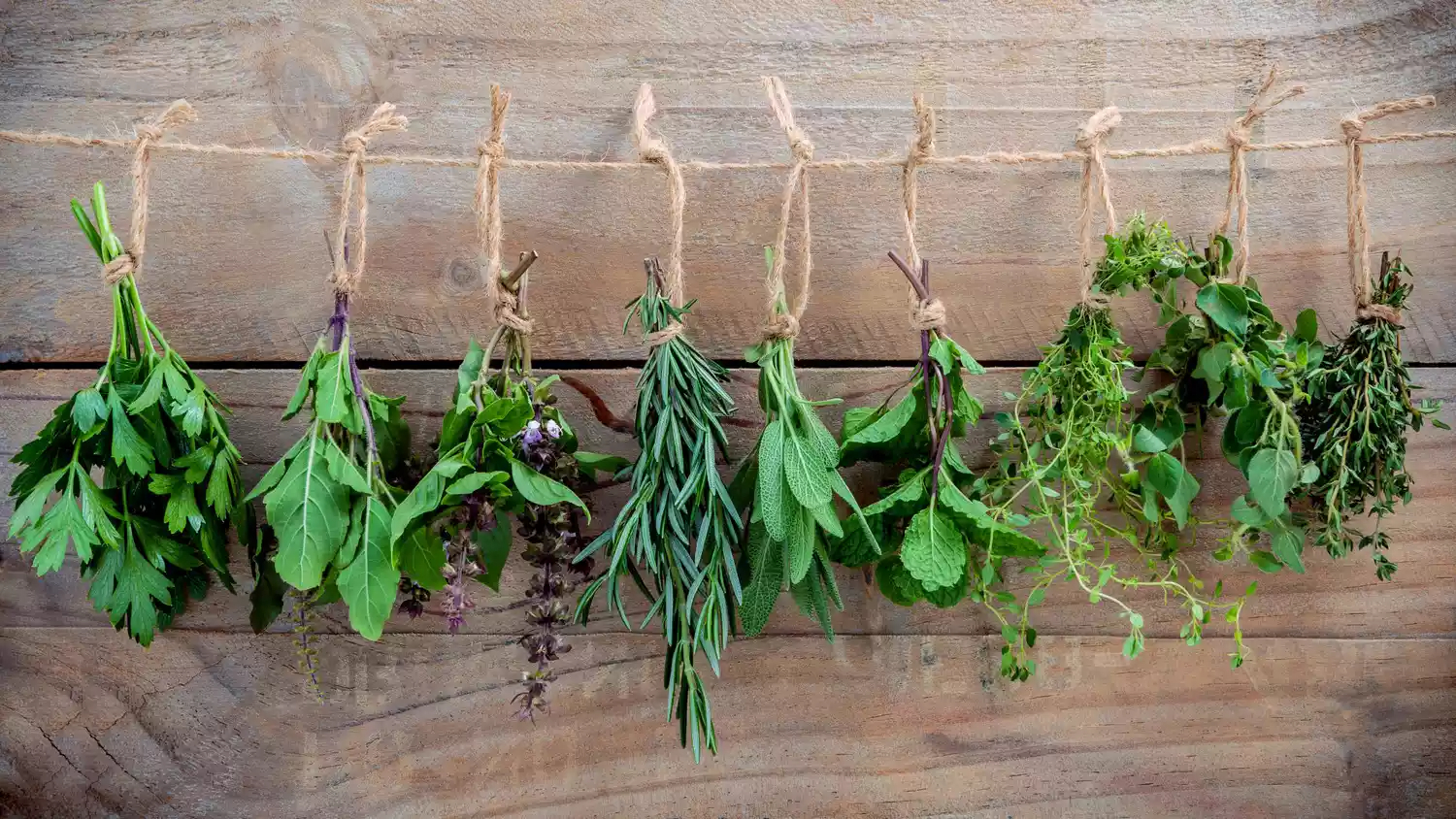
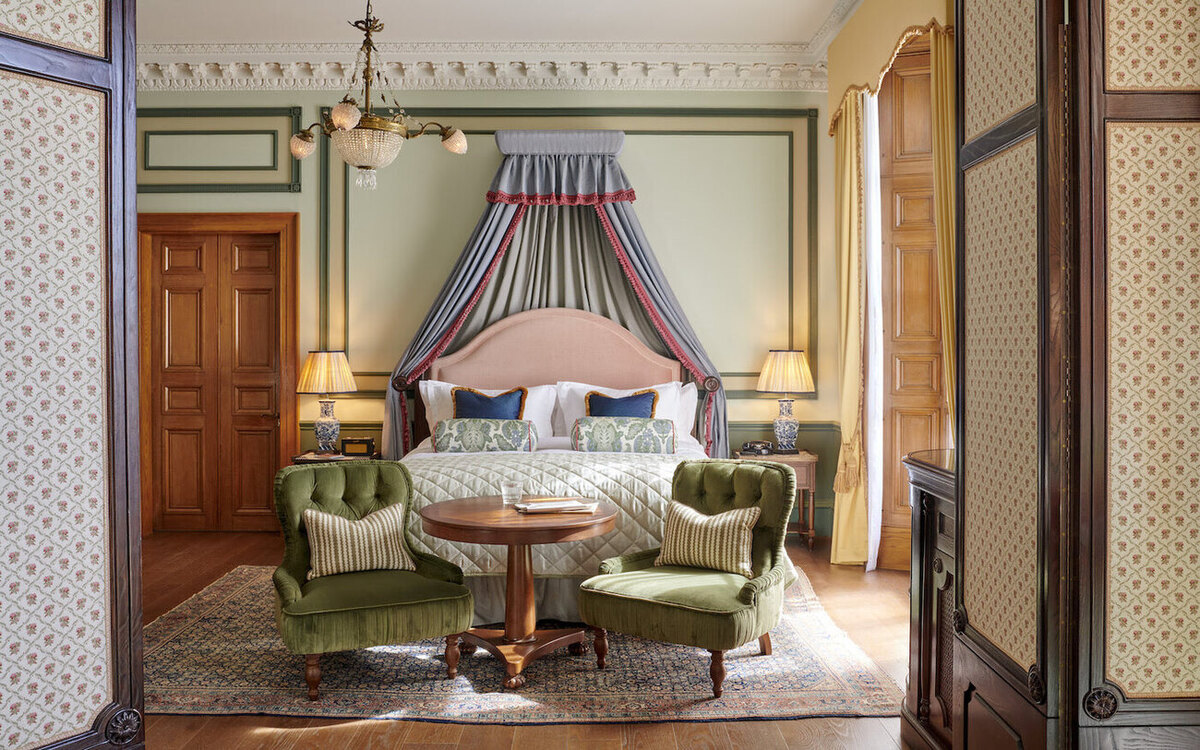
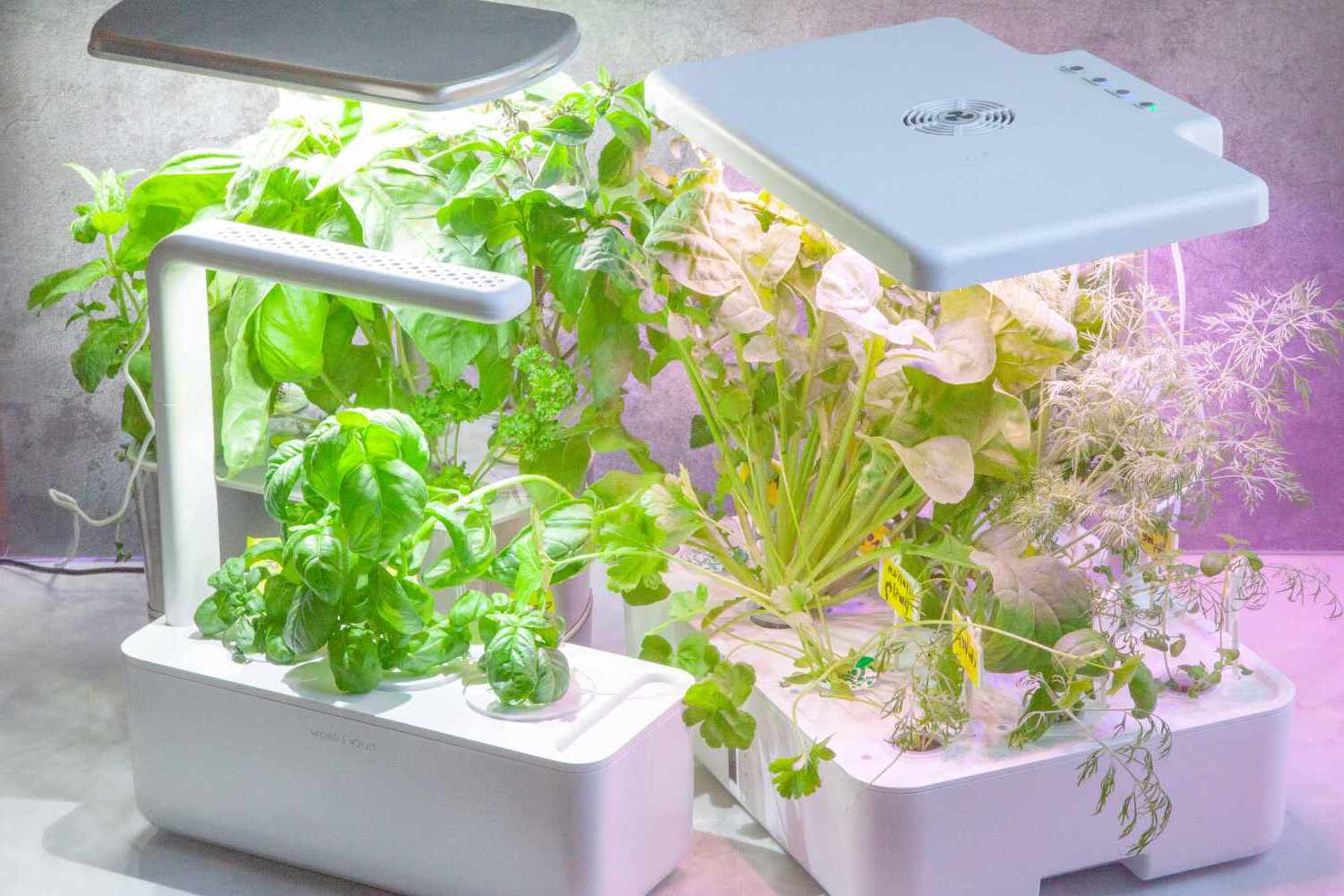
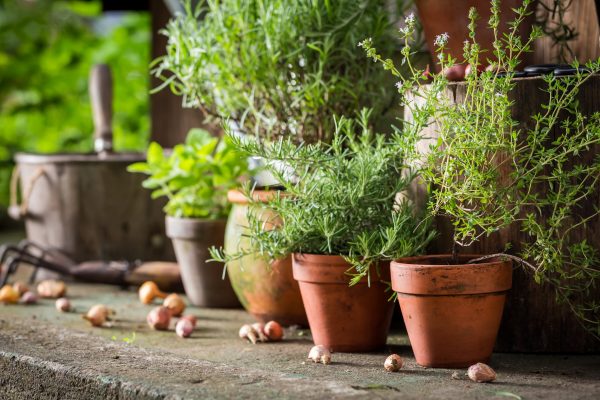
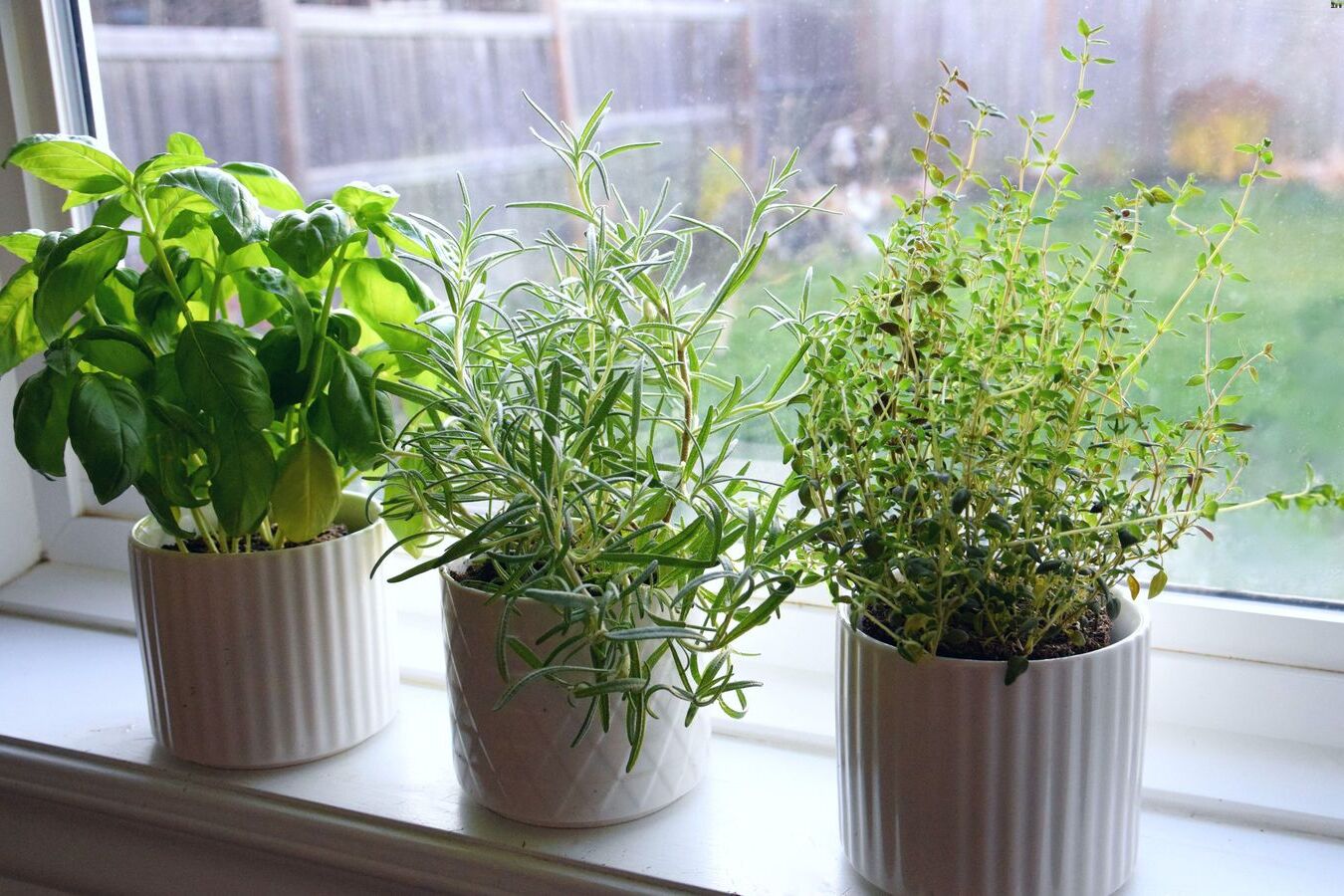
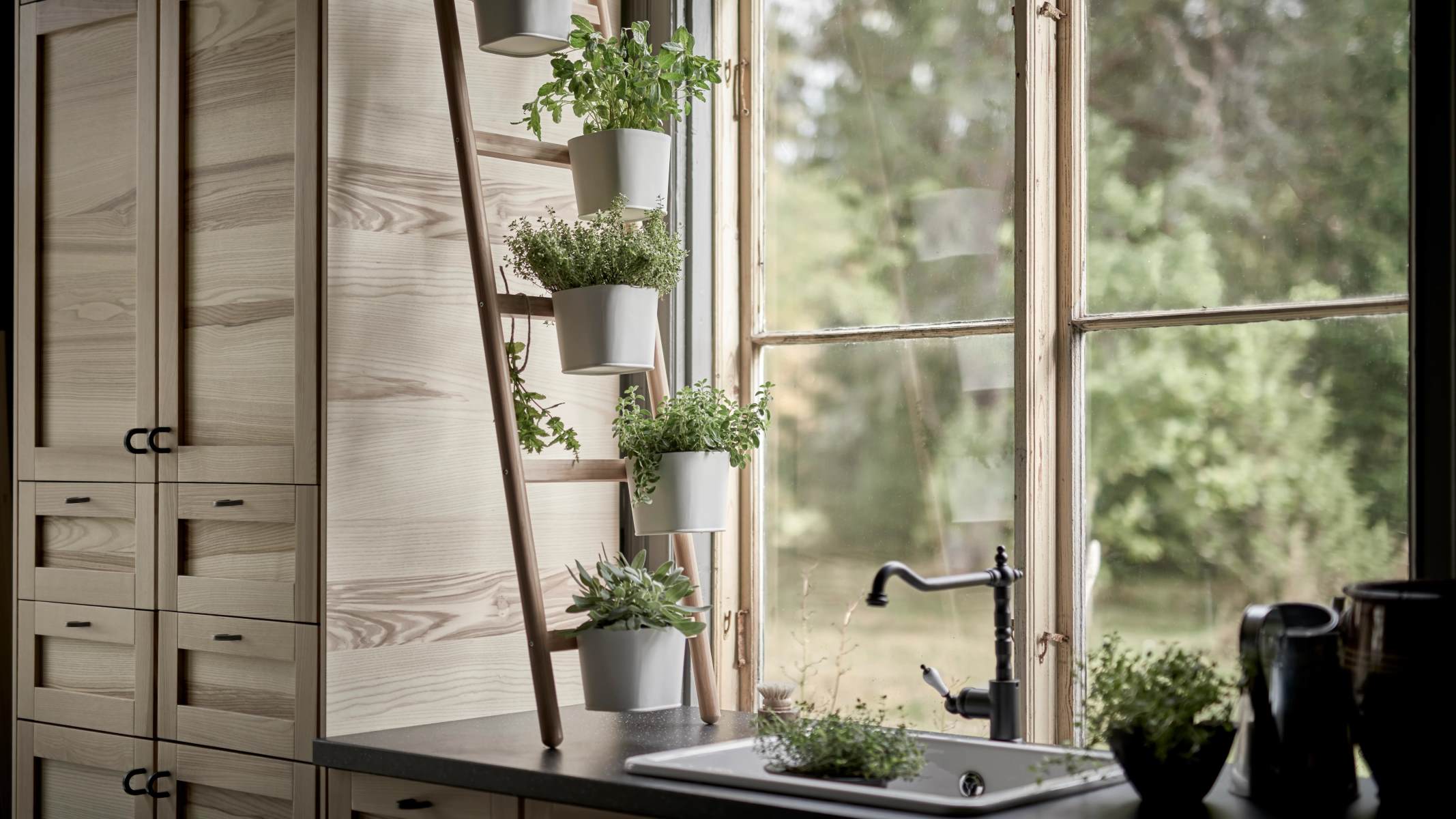
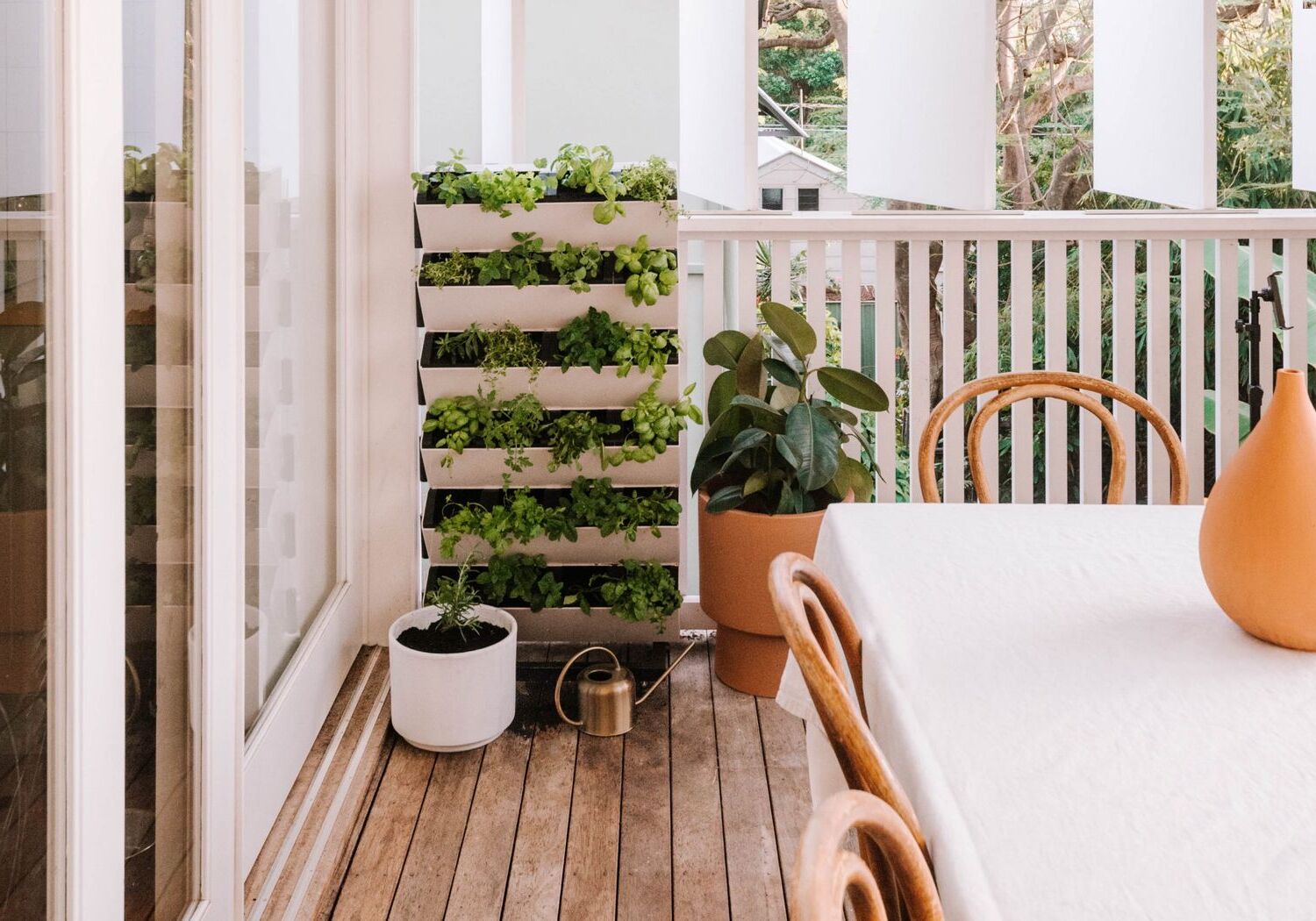
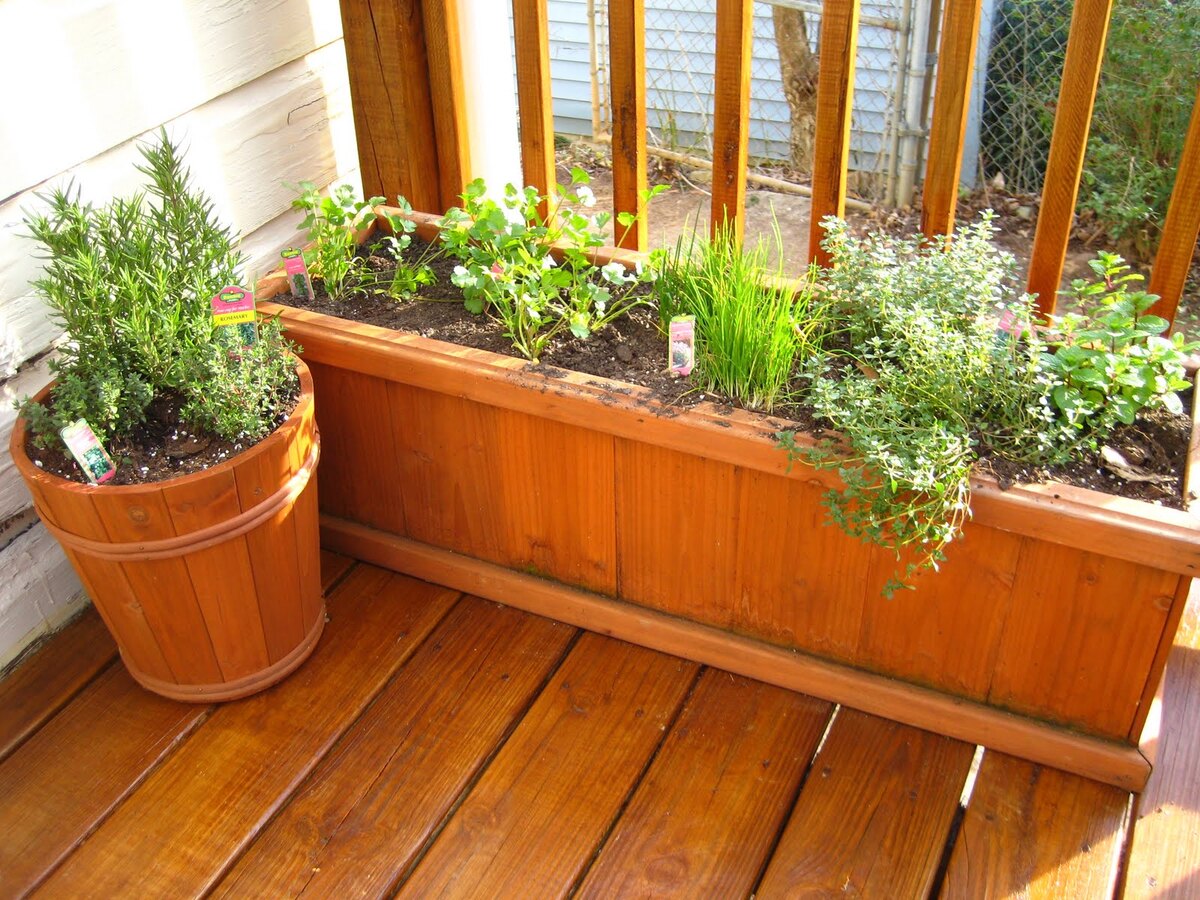
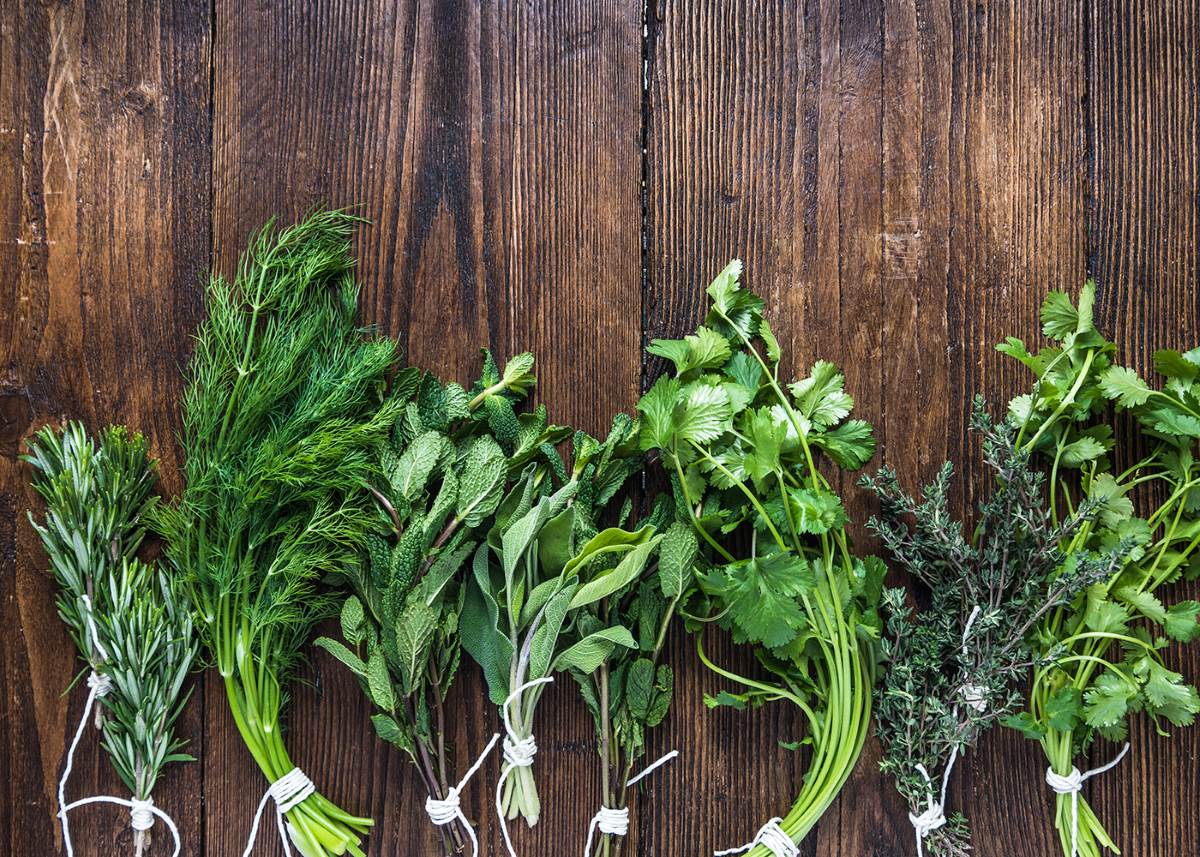
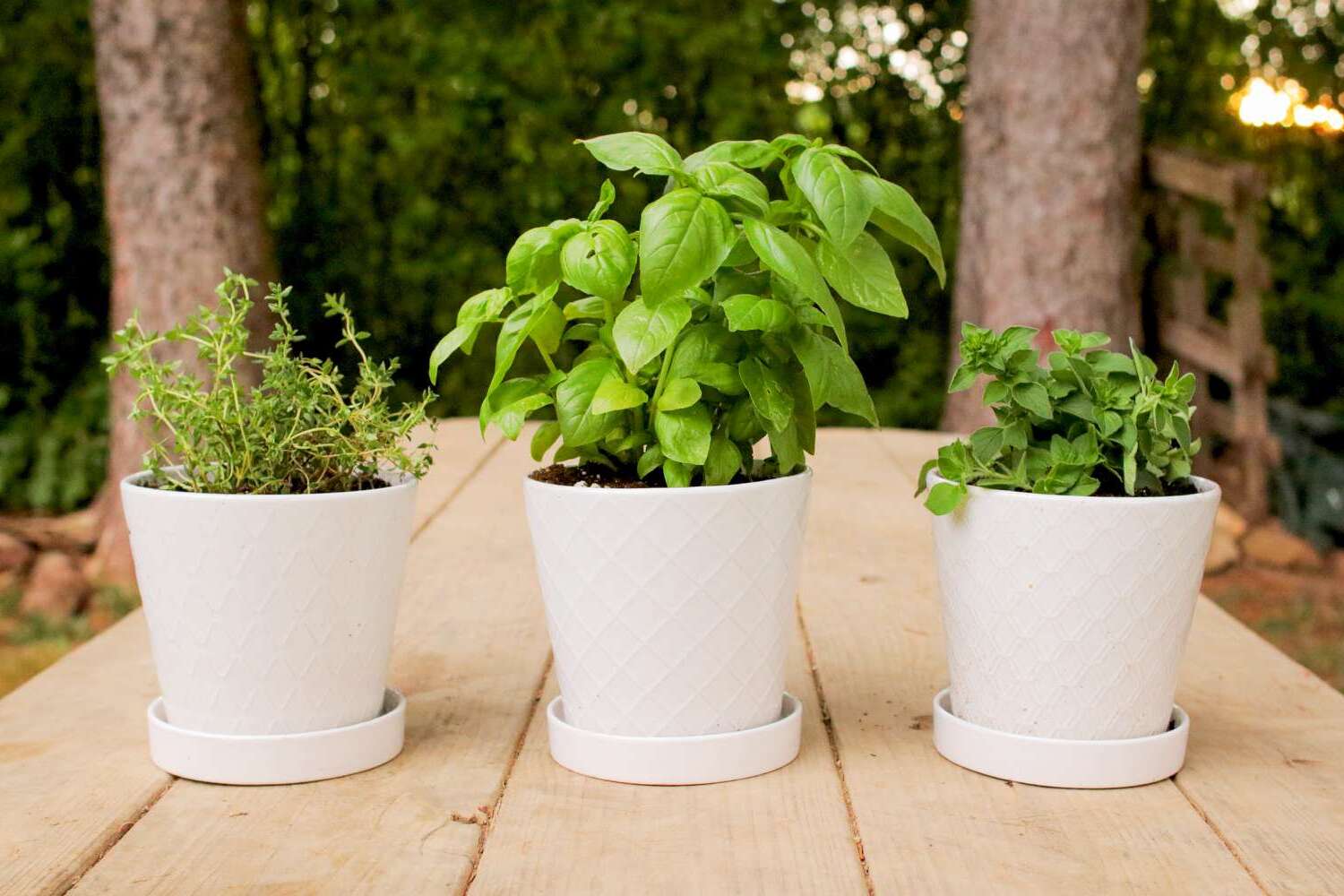
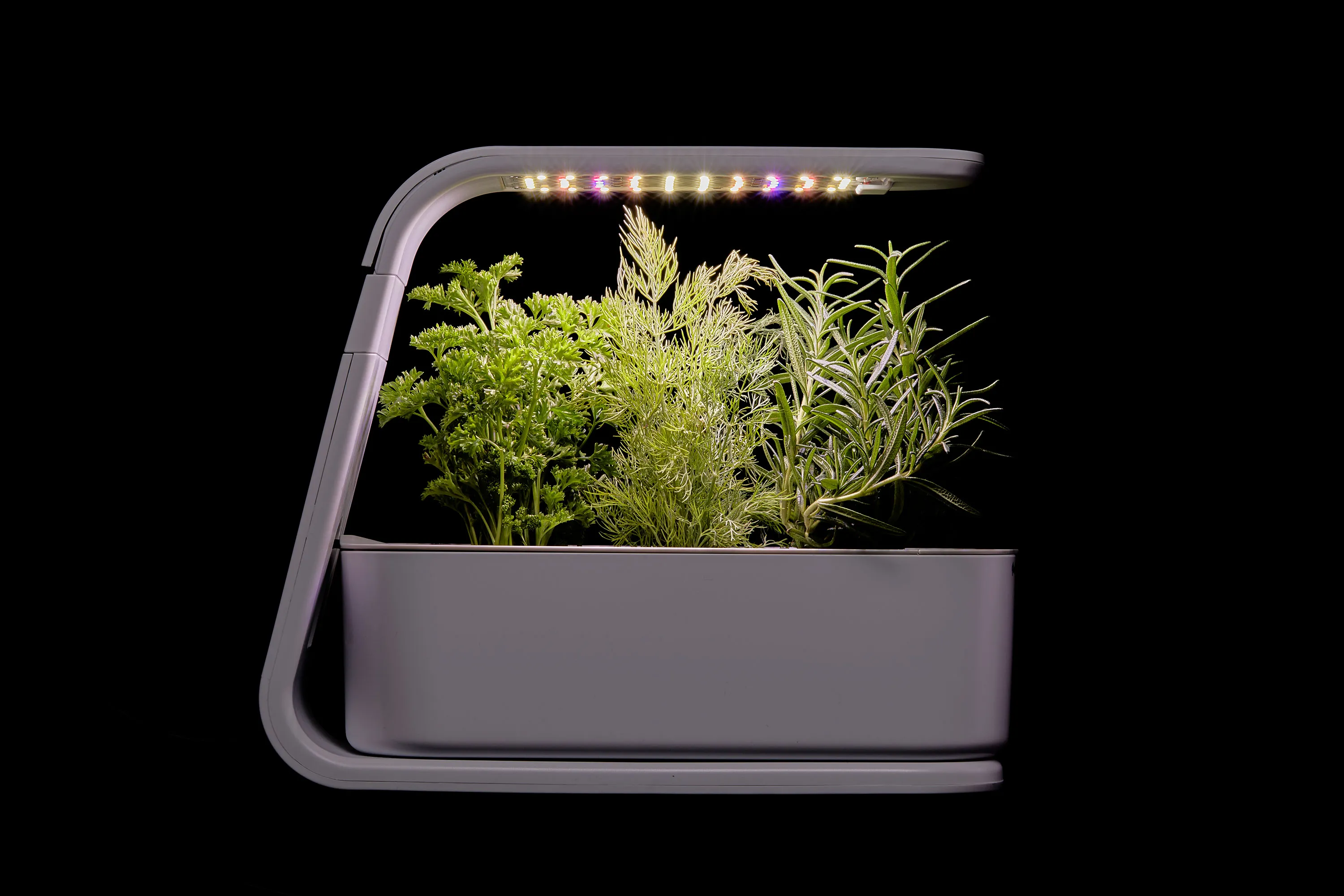
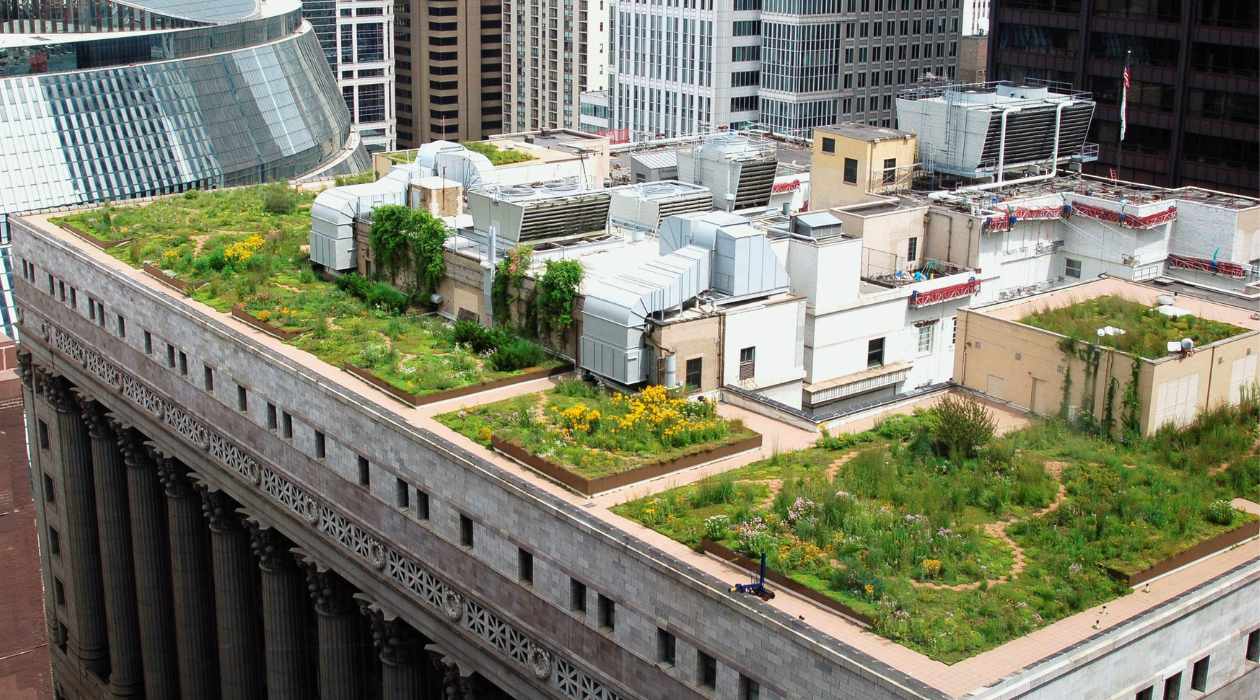
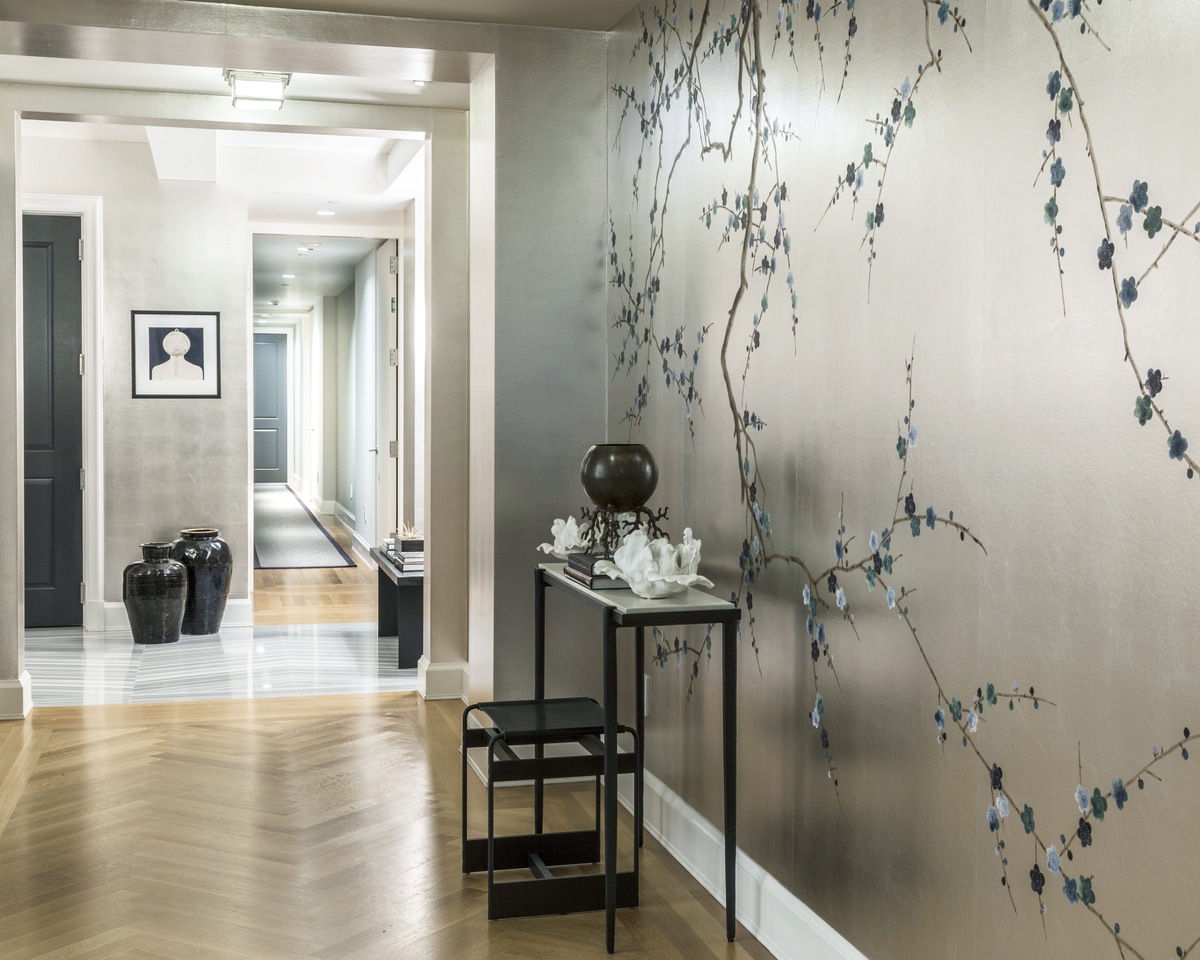

0 thoughts on “Herb Garden Design: Lessons From Suffolk’s Brent Eleigh Hall”